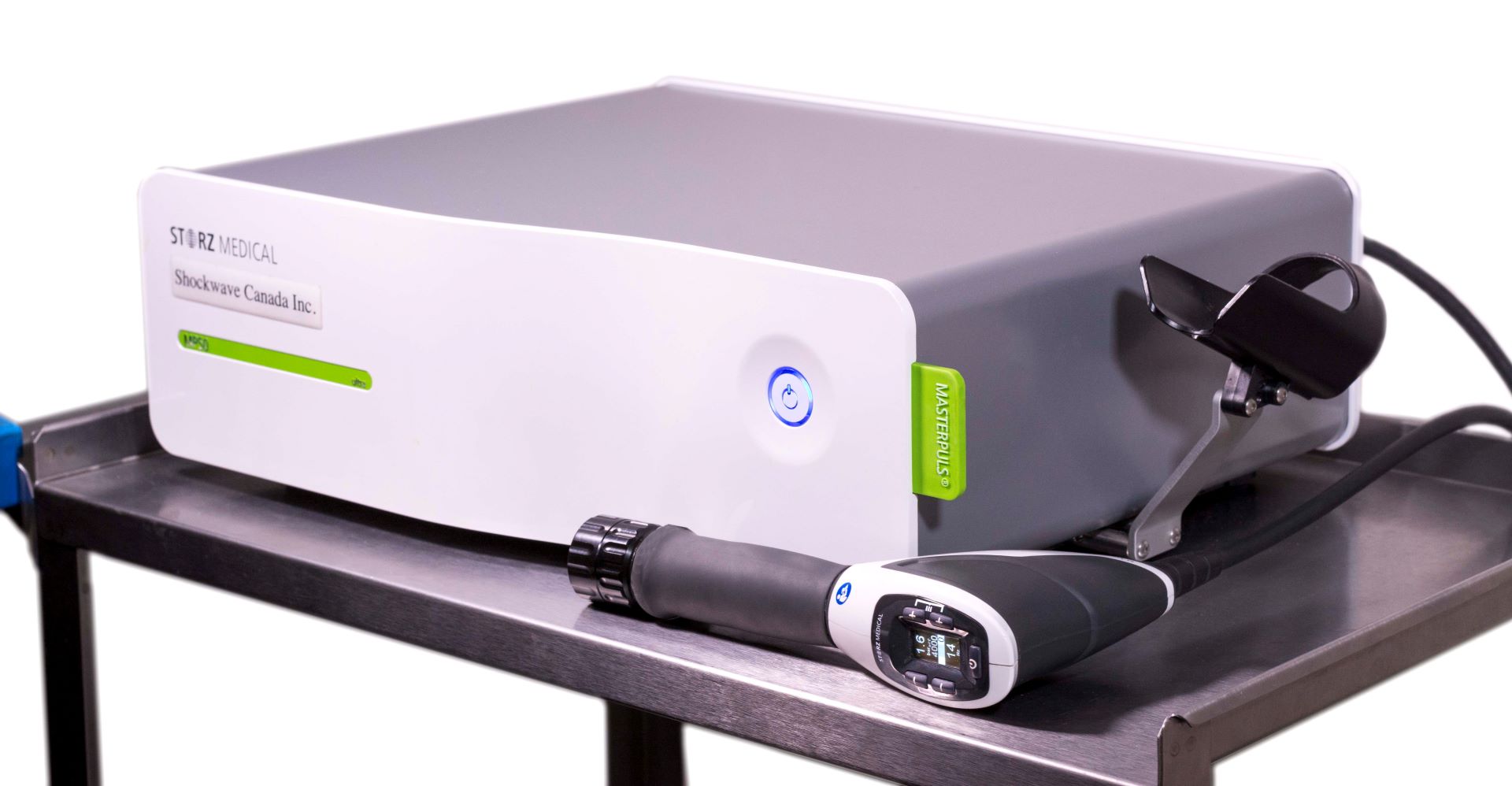Shockwave Therapy in Calgary, AB
Tower Physio is proud to offer our patients the latest in Shockwave Therapy Technology.
Shockwave treatments are non-invasive and promote accelerated recovery of injured soft tissue, bone and joint pain.
Accelerate Healing with Shockwave Therapy
There are no side effects with this non-surgical treatment, which has a 75-95% success rate.

What is Shockwave Therapy?
A shockwave is an intense, but very short energy wave travelling faster than the speed of sound. The basic technology involved with extracorporeal shockwave technology has been used for decades on millions of people.
Therapy sessions are short, usually 20-30 minutes in length, and provide successful relief of chronic pain while restoring mobility. Permanent relief typically begins about 72 hours following treatment.
How Does Shockwave Work?
Shockwave therapy accelerates the healing process in the body by stimulating the metabolism and enhancing blood circulation to regenerate damaged tissue. Strong energy pulses are applied to the affected area. These pulses occur for short periods of time, creating micro-cavitation bubbles that expand and burst.
The force created by these bubbles penetrates tissue and stimulates cells in the body that are responsible for bone and connective tissue healing. In many instances, shockwave therapy is most effective in cases where the human body has not been able to heal itself on its own.
Treatable Conditions
Extracorporeal shockwave therapy (oftentimes just referred to as "shockwave") has been validated within scientific literature as being an effective adjunct for a variety of common conditions that can cause pain within the body. Shockwave has shown to be an effective intervention for the management and treatment of the following conditions:
Plantar Fasciitis
A painful condition involving inflammed tissue on the bottom of the foot, often near the heel.
Achilles Tendinopathy
A common, painful condition involving tendon breakdown of the heel cord, also known as the Achilles tendon.
Scar Tissue Management
A treatment technique for mobilizing tissue within the body after injury.
Tennis Elbow
Pain resulting from irritated tendons on the outside of the elbow. Also called lateral epicondylitis
Jumper's Knee
Pain and soreness of the knee tendon, often due to overuse. Also known as patellar tendonitis.
Stress Fractures
A type of microfracture within a bone, often times due to overuse and repetitive activity.
Non-Healing Ulcers
A type of wound that oftentimes does not heal on its own without the use of additional intervention.
Calcific Rotator Cuff Tendinitis
A type of rotator cuff tendonitis that involves the formation of small calcium deposits within the rotator cuff tendon(s).
